The idea of stars moving out of our galaxy at a speed of a couple million miles per hours is unbelievable.
At the Harvard University, astrophysicists Avi Loeb and James Guillochon created analysis, which shows them, that the stars could move at incredible speed. The results are theoretical, so we don’t know whether this is a real deal until astronomers will detect more of such stellar speedsters. Loeb thinks that this will be possible when we will start to use telescopes of the next generation.
This speed is not the only focus point that the researchers are after. If they are able to detect them, we will be able to understand the evolution of the Universe. That means that these stars could give us another measure how fast cosmos is expanding. Another almost impossible thing to say is that if the conditions are right the planets could orbit the stars and go along on intergalactic ride. And if those planets will happen to have life, this could be also a way to carry life from one galaxy to another.
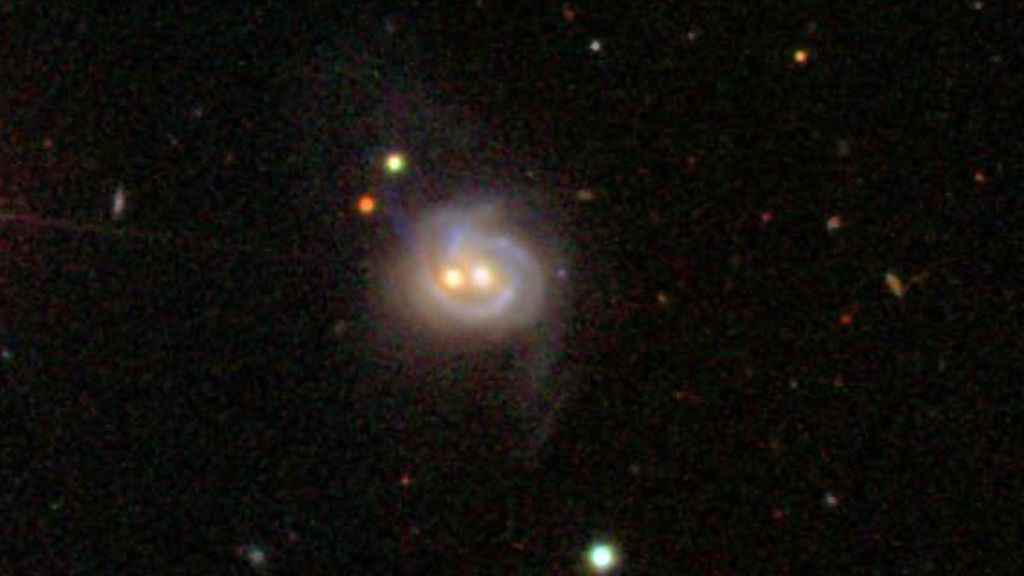
The galaxy known as Markarian 739 is actually two galaxies in the midst of merging. The two bright spots at the center are the cores of the two original galaxies, each of which harbors a supermassive black hole.
The first sign of the speedster was in 2005 when a star was discovered on its way out of our galaxy fast enough to escape the gravitational grasp of the Milky Way. Throughout the years, the scientists found more starts like this. They became known as hypervelocity stars. These starts were cast out by the supermassive black hole at the center of the Milky Way. When a pair of stars orbiting around each other get close to the central black hole (the weight is about 4 million times as much as the Sun) all of the objects engage in brief dance that ejects one of the stars. The other remains in the orbit of the black hole.
[sc:ad-text]
This super-fast stars could have also another use. The researchers realized, that if you have instead of one, two supermassive black holes, the gravitational interactions could “fire” the star into intergalactic space at speeds which could be hundreds of times more, than are hypervelocity stars. This could be the scenario that would produce the fastest stars in the Universe. When supermassive black holes collide one with another, they generate ripples in the space and time, which are called gravitational waves. They can reveal the details of how the black holes merged together.
With the technology they have now, it is almost impossible to catch all speeding stars. The only telescope that will be able to catch them is James Webb Space Telescope, which will be launching in 2018.
[sc:end t=”The Fastest Stars in the Universe can Approach Light Speed”]

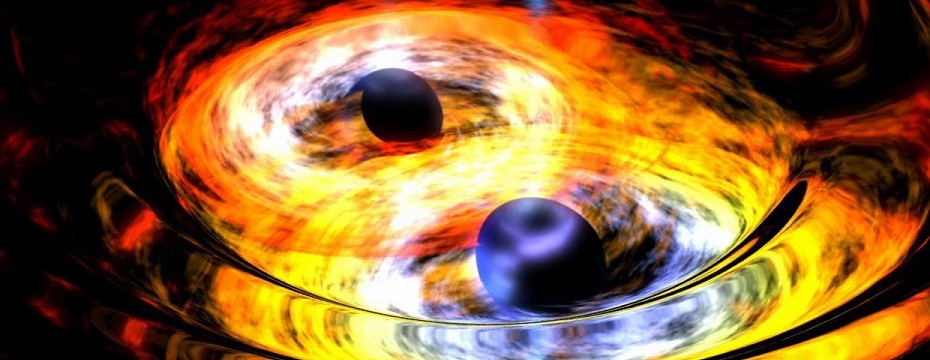
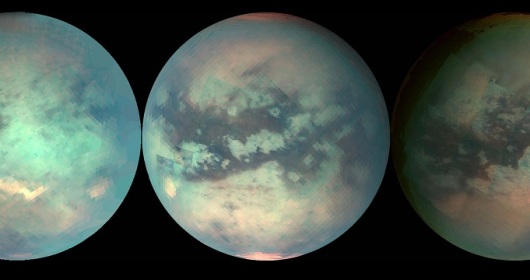
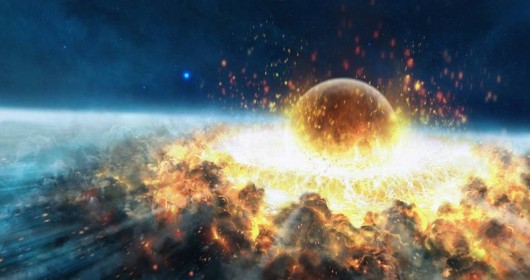
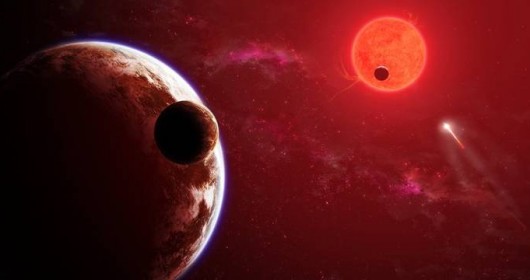
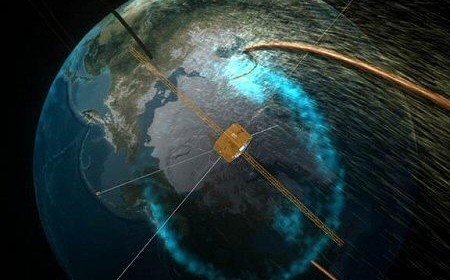
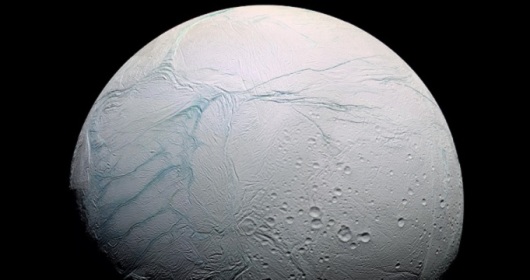
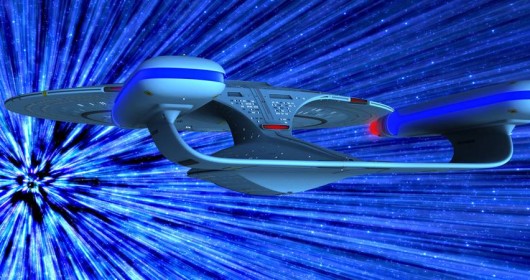
Leave a Reply